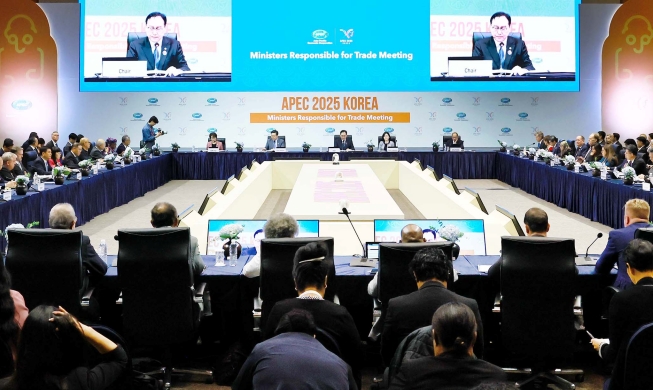
The recently published six-volume ‘Collection of the History of the Modern Art Market in Korea’ compiles records of the history of Korea’s modern art industry.
A collection of records that trace the history of Korean modern art and the art market has recently been published. The "Collection of the History of the Modern Art Market in Korea” is a six-volume series published by Kyungin Press.
The edition collects the records, with photo prints, of art auctions that took place from the 1930s, during colonial times, through to the 1950s, after liberation. It brings to light more than 15,980 ancient works of art that traded hands over that time span, with a total of 3,160 black-and-white photographs.
The collection consists of six volumes, including four books, all titled “Art Auction Records From the Japanese Colonial Era,” that feature records written and published about works of art put up for auction during that time. The fifth volume is entitled “Art Auction Records From After Korea’s Liberation and the 1950s,” while the last one gives related annotations and has an index.
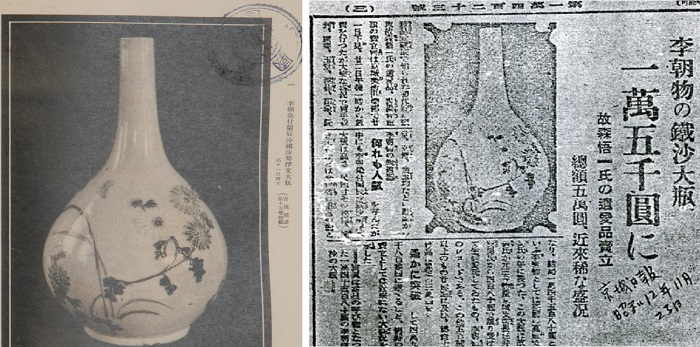
The ‘Art Auction Records From the Japanese Colonial Era’ volume, part of the ‘Collection of the History of the Modern Art Market in Korea,’ shows that art collector Chun Hyeong-pil (1906-1962), pen name of Kansong, purchased a celadon porcelain vase for KRW 15,000 during an auction held at the Gyeongseong Art Gurakbu auction house in November 1936. Today, that comes to a whopping KRW 4.5 billion.
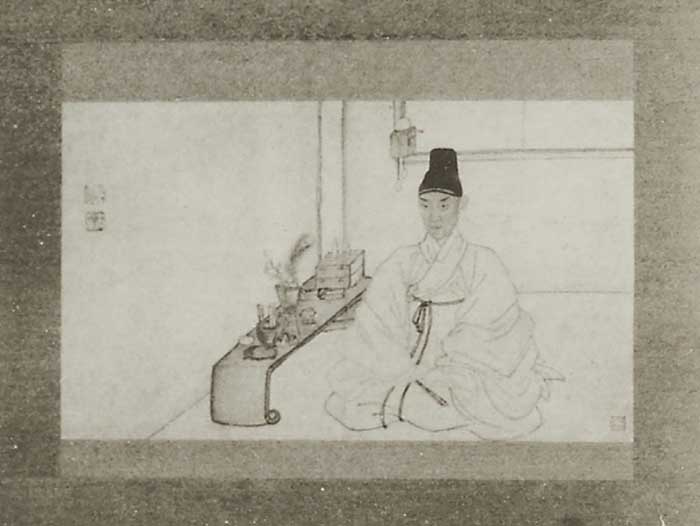
The ‘Collection of the History of the Modern Art Market in Korea’ series shows that the ‘Portrait of Danwon (檀園), Kim Hong-do’ was put up for auction by the grand art collector Lee Byeong-jik (1896∼1973) in January 1941. The painting is currently housed in the Joseon Art Museum in Pyongyang, North Korea. It’s assumed that the artwork was moved to Japan after it was auctioned off, and then somehow got to North Korea afterward.
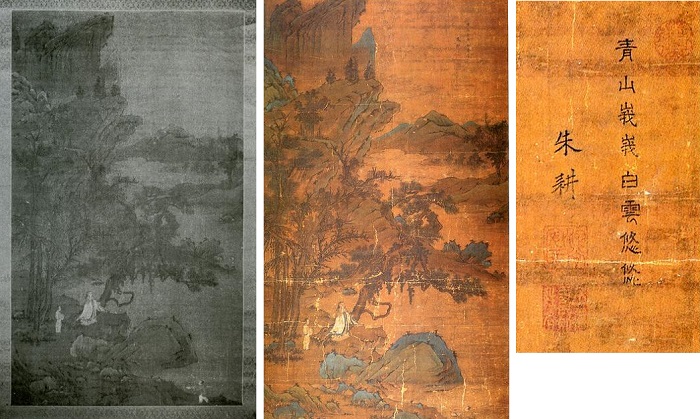
The painting ‘Cheongsan Baekundo’ (center) was believed to be painted by Joseon-era painter Ahn Kyeon, until the ‘Collection of the History of the Modern Art Market in Korea’ series revealed that a seal and a piece of text (right) were falsely added to the original painting that turned out to be from the Song Dynasty (960-1279).
The publication brings to light unknown stories from Joseon times, too: poor Japanese people came across the sea to Korea to find priceless celadon porcelains and accessories dug out of tombs. They got rich, selling off many of their discoveries.
In addition, the records show that numerous celadon pieces from Goryeo times (918-1392) were excavated in Kaesong, currently on the North Korean side of the DMZ, and, therefore, grave robbers sprung up across the region to dig out such expensive remains.
The first auction house in Korea was revealed to the public, as well. The Gyeongseong Art Gurakbu (京城美術俱樂部), opened in 1922 in Gyeongseong, in what’s now Seoul, published a set of auction records about the artworks it dealt with. These rare records allow readers to get a glimpse into how big the art market was and how artworks changed hands back then.
Each work of art is shown along with detailed information about the item, such as its title, date, current status and current owner, as well as who created it, what materials were used, how it was mounted and what its value was at auction.
Not only Korean art pieces, but Chinese and Japanese ones, too, are featured here, giving viewers a broader insight into the East Asian modern art industry.

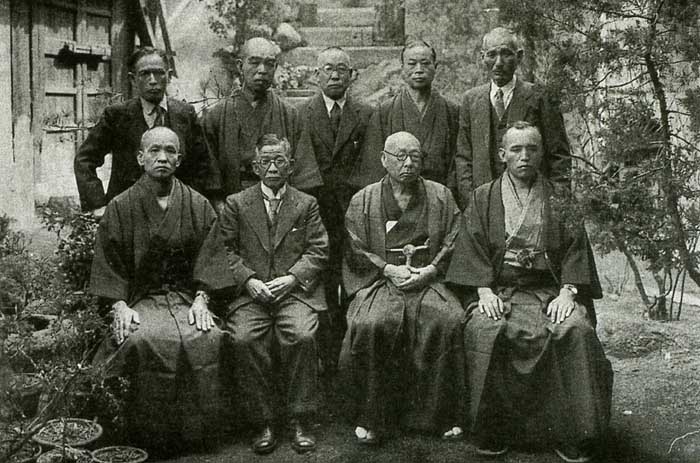
Pictured are the building of Korea’s first auction house, the Gyeongseong Art Gurakbu (top), and its operators.
“This collection gives us clear information about which artwork was up for auction back during Japanese colonial times in an easily accessible manner,” says Chairman Ahn Hwi-joon of the Overseas Korean Cultural Heritage Foundation.
“This publication will make it possible for the rediscovery and enrichment of forgotten artistic legacies, greatly contributing to future research into Korean art history in general, as well as into ancient paintings, for sure,” he added.
By Sohn JiAe
Korea.net Staff Writer
Photos: Kyungin Press
jiae5853@korea.kr
